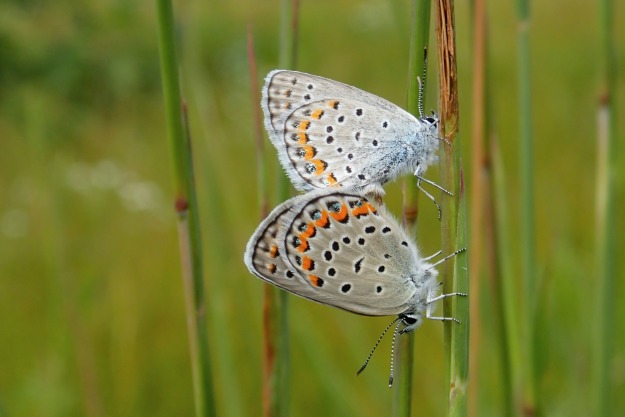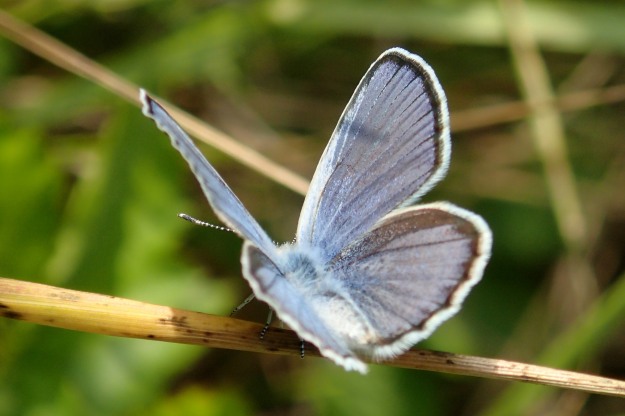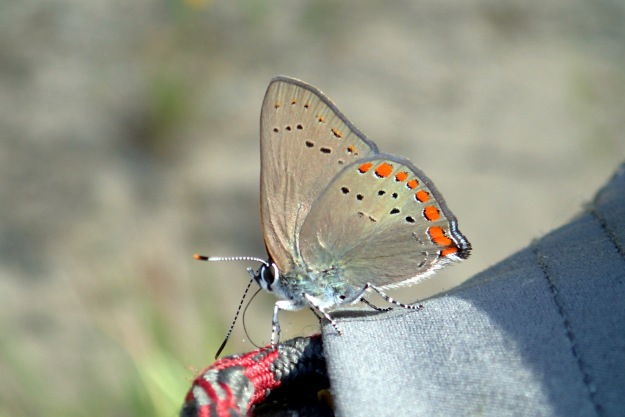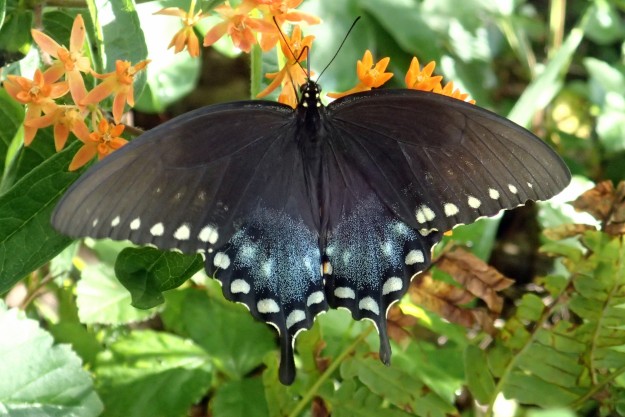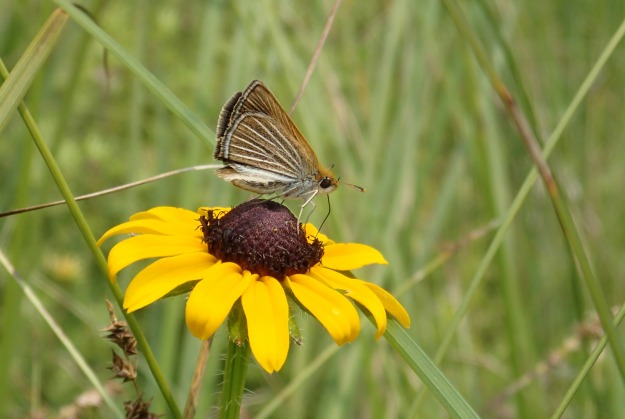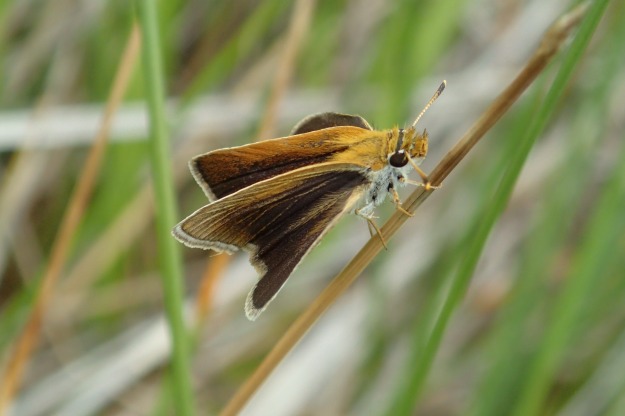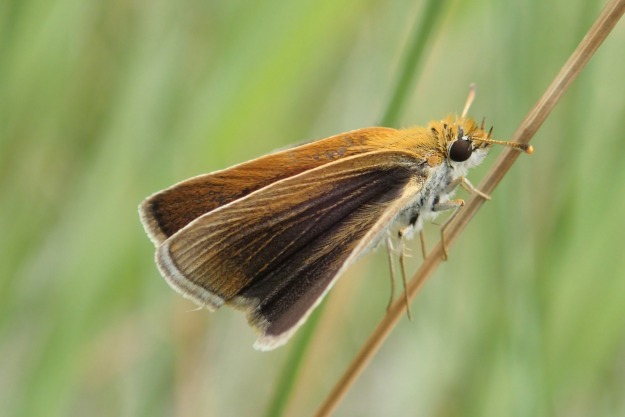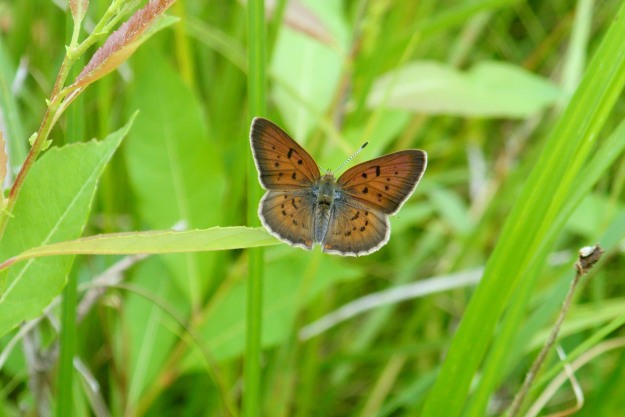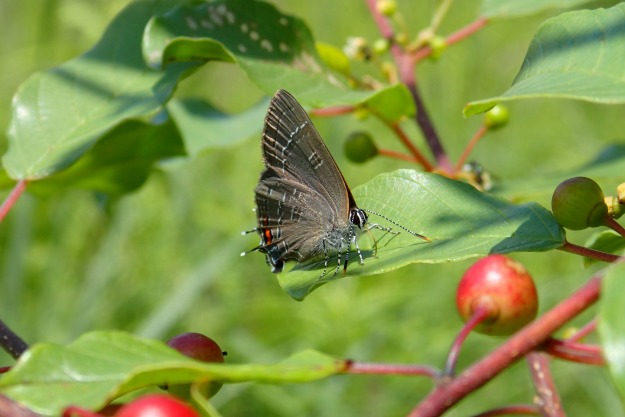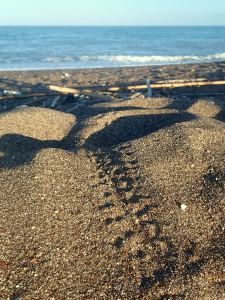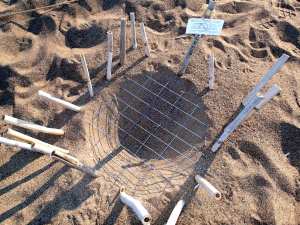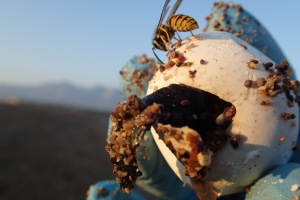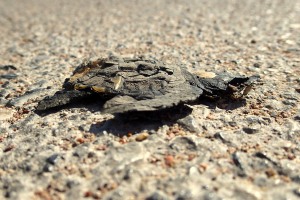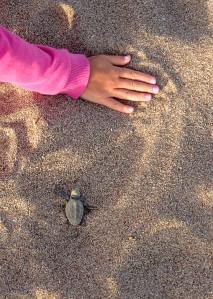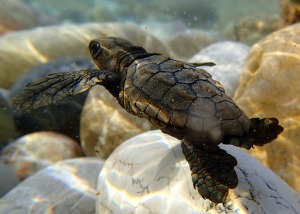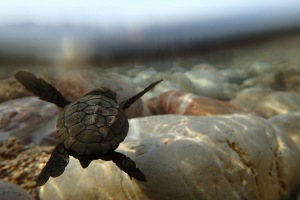The quiet of the writer resembles the patience of the budding leaves. Though silent through winter, life pulses within, awaiting the warmth and the rain and the opportunities that come with spring. And so begins another season of blog writing.
This new field season is one of rain boots and binoculars, as I weave through southern Michigan habitats in search of butterflies. Two species in particular, the poweshiek skipperlings and the Karner blue butterflies, are listed federally endangered due to habitat loss and fragmentation. These are our focal species.
See Poweshiek photos here and Karner blue photos here.
Butterflies, skippers, and moths belong to the order Lepidoptera, meaning “scale wing”. The bodies and wings of Lepidoptera are covered in minute, hair-like scales that create the variety of colors we see. There are approximately 180,000 members of this order, with moths comprising the greatest portion at 160,000 species. Butterflies often have larger wings and straight antennae that are clubbed at the end. At rest, butterflies hold their wings folded up, perpendicular to their slim bodies.

Comma butterfly with wings upright and straight, clubbed antennae
Skippers have a fast, darting flight, larger compound eyes, stocky bodies, and hooked clubbed antennae. At rest, skippers often angle their forewings up while keeping their hindwings flat.

A skipper with forewings angled up and hooked antennae
Moths, in contrast, have varied antennae that are often feathered and they rest with their wings down. The modified scales of moths lends to a hairy appearance on stocky bodies.

A moth with “hairy” legs and body, and feathered antennae

A moth with wings flat at rest
Butterflies and skippers are diurnal (active during the day) and form chrysalises for metamorphosis. Moths are often nocturnal (active at night), and often form cocoons for metamorphosis. Some species of moths are crepuscular (active at dusk and dawn) or diurnal.
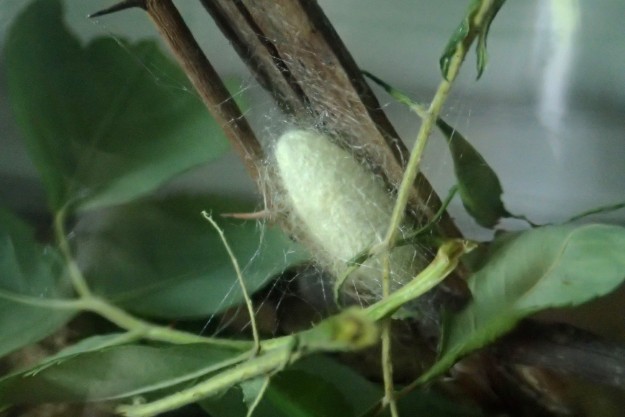
A moth cocoon
For this project, visual surveys of butterflies will take place when the weather conditions and hours are suitable for butterfly activity. Teams of two weave across suitable habitats in a calculated manner in an effort to spot, count, and assess the focal species, and to document other butterfly species as well as vegetation. Currently, we are visiting prairie fens in search of the recently-emerged poweshiek skipperlings. These fens support black-eyed Susans, shrubby cinquefoil, and other nectar sources. In a few weeks, we will move to the west side of the state to oak-pine barrens where Karner blue butterflies will be active around their obligate host plant, wild lupine.

Bronze copper

Baltimore checkerspot

Great-spangled fritillary


